We obsess over tiny tactics.
For example, it’s common to spend too much time on individual keyword rankings for a single blog post.
Sure, those tiny details are important.
However, if we spend all of our time and resources chasing the 10% improvements, we’ll never have enough time and energy to go after the big 1,000% ones.
That’s a shame. Why?
Because you often see the biggest impact from large campaigns.
One coordinated investment of time, energy, and money can create a huge splash — new brand awareness, leads, links, followers, and of course, new customers.
There’s a lot of risks associated with putting all of your eggs in one metaphorical basket.
You can’t afford to fail.
The good news is that you can follow the leads of other companies that have already paved the way.
I’m going to show you a few of my favorite massive marketing splashes from other companies.
And then I’ll give you a few ideas for how you can replicate the same thing (on a fraction of the budget).
1. Salesforce: Create your own PR
Today there are over 5,000 marketing technology companies.
Do you want to hear the craziest part, though?
None of these existed a decade or two ago. They’ve almost all been created in the last few years.
And this is only the rather small ‘marketing technology’ industry. So it doesn’t include all of the other SaaS-based businesses addressing other industries out there.
Software as a Services (SaaS) didn’t even exist until Salesforce launched in 2000 with the idea of “no software.”
Previously, software was bought and sold as a big, one-time product purchase or license. Then you’d typically have to download or install the program from a CD-ROM.
Some millennials reading this have an idea what I’m talking about right now. But us old people remember these good old days!
Salesforce had been toiling away for months in secrecy (in the traditionally old, pre-Lean Startup) before finally launching with a bang in 2000.
They were unveiling the first SaaS product of its kind, a revolutionary idea where customers would only pay a fraction of the usual cost on a monthly basis for an ‘always updated’ version of the software.
Salesforce wanted a massive product launch that would accurately show the size and scope of what they were trying to do.
Listen to this unbelievable scene:
Salesforce launched at the Regency Theater and had a surprise for all guests attending. They turned the lower level of the theater into a space that resembled Enterprise Software aka ‘Hell’, [sic] their [sic] were screaming salespeople actors in cages and games such as wacka-mole [sic] where the moles were other software companies. Once they made their way through the dirt, they ascended to find Salesforce.com.
That sounds insane now, right?
But what they were doing at the time was pretty revolutionary.
Their goal was to create something over the top that stood out. I’d say they achieved that, wouldn’t you?
This was the first time they also started running with the “No Software” slogan.
This wasn’t even the best part.
They also ran an ad campaign that featured a sleek, new, technologically advanced fighter jet, chasing down a biplane before violently shooting it down.
While it’s not exactly subtle, the biplane was supposed to represent the software industry that couldn’t keep up with Salesforce.
All of these outlandish tactics served a point.
Salesforce was trying to eclipse the competition to create a brand new market.
They had to change consumer’s expectations, which is one of the hardest things to accomplish.
That’s why Salesforce embarked on such an aggressive path.
They needed customers to understand the value and significance of what they were doing. Not to mention, they had to actually convince them enough to switch over.
Obviously, you don’t have to go to these extreme lengths.
For example, when I was recently out promoting my book, Hustle, I went for a full-on press blitz.
That started with blog posts on my own sites with custom packages for people who purchase multiple copies.
Then that included working with the press. For example, we posted on Time.
And tons of other sites like Forbes, too.
2. Chipotle: Create a movement
Simon Sinek’s Start With Why became an international bestseller almost the moment it was introduced.
The premise is incredibly simple (and if you’re not a reader, his excellent Ted Talk sums it up in just a few minutes).
Simon says that most companies talk about “what” they do — they make computers.
Some other companies will talk about “how” they do it — using some state of the art technology or process.
But neither of those things compel users to care.
For example, remember the old days when MP3 players first came out? (I’m dating myself again, aren’t I?)
They all talked about having “30GB” of storage or using some special technology to make sure your data was secure.
But it wasn’t until Apple came out with “1,000 songs in your pocket” that MP3 players hit the mass market.
That’s because Apple talks about “why they do” something, which resonates with customers.
My favorite example of this was Chipotle’s The Scarecrow film.
https://www.youtube.com/watch?v=lUtnas5ScSE
If you haven’t seen it, take a few minutes to watch it right now. It’s incredible.
I’m not the only one who thinks that. It’s been viewed over 18,247,736 times!
The short film shows a scarecrow who works at a meat processing plant. The plant is less than truthful about where their products come from.
It then walks you through examples of animals being treated cruelly.
The scarecrow is upset until he comes back to his farm and picks a bright, fresh, flavorful pepper.
That epiphany compels him to open his own fresh, burrito shop in the middle of an urban city.
Get it?!
Chipotle, here, is the good guy. They’re the savior in a world full of ‘bad actors’ and companies who mistreat the product that they’re serving to customers.
Chipotle’s CMO, Mark Crumpacker, gives some evidence of the initial inspiration.
“The film depicts the elaborate facade that’s been created by the industrial food producers, who have done a very good job of creating a rosy picture of their industry.”
The film was universally loved by all critics, even winning an Emmy and Cannes Lions award.
Instead of focusing the attention on themselves, they went squarely after the enemy.
They wanted to create a movement of educated consumers who care about how and where their products come from.
HubSpot took a page from the Salesforce playbook when they popularized Inbound Marketing.
Instead of rallying against software, they went against ‘outbound marketing’ because of how annoying and ineffective it can be.
They wanted to champion a new form of marketing that better fit with the reality most consumers are living in today.
So they followed the book up with an impressive volume of content, conferences, and more to solidify themselves as the original inbound marketing supporters.
3. Michelin Guide: Use content marketing to fuel demand
Saying that “content marketing” is important today would be the understatement of the year.
And yet “content marketing” isn’t necessarily new, either.
In fact, it’s been around for hundreds of years.
In 1895, two French brothers had just put the finishing touches on an innovative new product that would change the way people drive (even today).
There was only one problem…
At the time, there were only roughly 350 cars in the country.
In other words, there wasn’t enough demand for their new innovative product.
So these brothers created the Michelin Guide to give people a reason to want to drive more.
The Michelin Guide awarded one to three stars depending on the quality of the restaurant. One star meant it was a good “stop on your journey,” while three stars meant it was worthy of a “special journey.”
Today, receiving a Michelin star is the pinnacle for most restaurants and chefs. It can mean instant celebrity status and a waiting list for months.
The first guide, released in 1900, only featured hotel restaurants throughout France (so you could stay overnight while driving the countryside).
It was nearly 400 pages, with about fifty of those centered around Michelin tires and parts.
See? Content marketing isn’t a trend or tactic. It’s been around for years, helping you to create a new market by getting on people’s radar before they actually need what you have.
That’s exactly what we did with KISSmetrics content marketing in the early days.
We pushed the pace up to producing content almost every day of the week and hit over 100,000 visits/month a little after one year after starting the company.
4. Dos Equis: Create an interesting leading character or mascot
In the 1940’s, legendary advertising professional David Ogilvy introduced the world to the man in the Hathaway shirt.
It took him 18 different variations before landing on this one for the shirt company that languished in obscurity for most of its existence.
Ogilvy included the eye patch purely to add a bit of mystery to the ad.
Along with the vague headline, it hints at an interesting story behind who this man is and why he’s special.
This sounds an awful lot like another famous, mysterious man in an ad campaign.
If only I could remember his name…
The market for domestic beers has been contracting ever since 2007.
However, The Most Interesting Man in the World has increased sales of Dos Equis by 22% (in a ‘down’ market!).
The man in the Hathaway shirt and The Most Interesting Man in the World both use sophistication and storytelling to get people to pay attention.
But that’s not always easy to pull off.
Fortunately, not everyone’s leading character or mascot needs to fit the same standard.
The Geico Gecko has virtually nothing to do with insurance. And yet, it’s the company’s “longest serving mascot, appearing in more than 150 commercials.”
While these examples couldn’t be any more opposite, they both serve the same purpose.
Mascots and characters, when done right, help to humanize a brand.
They make it more appealing and memorable for consumers in an ever-crowded competitive space.
Facebook advertising tool, AdEspresso, uses a friendly little Italian man with a bushy mustache as their mascot. (He almost looks like Mario of Mario Brothers from back in the day.)
The key is that they use him again and again.
He shows up all over their site, in the featured image for blog posts and even on CTAs.
This repetition helps increase brand recall and recognition while surfing other sites, too.
Think about it like this.
You’re scrolling through Twitter or seeing what your friends are up to on Facebook when a little blue dude with a big mustache appears.
You immediately know who he is and who he represents.
5. AOL: The power of free
The Internet hadn’t really ‘caught on’ when it first emerged a few decades ago.
There were a few alternatives like Prodigy that early adopters used.
However, it wasn’t the mainstream necessity it is today until this arrived in the mail at your house one day.
That was called a “floppy disk” for all you millennials.
It held a tiny fraction of the storage of your iPhone.
I remember my dad trying to install a program from these and having to use like ten (one after another) until it was all finished.
These were later upgraded at some point to CD-ROMs.
Now we’re getting fancy!
In the 1990s, AOL spammed your physical mailbox with these discs to try and get every single household online.
Incredibly, Steve Case, AOL’s CEO at the time, hopped into a Quora thread to set the record straight on how this campaign was carried out.
Here are some of the nitty gritty details:
AOL’s goal was to spend 10 percent of lifetime revenue to get a new subscriber. He says that since the average subscriber life was around 25 months, revenue was about $350 off of each of these users. So he guesses they probably spent about $35 per user on things such as these discs.
Do you want to hear the most impressive part?
They went from less than 200,000 subscribers in 1992 to over 25 million a decade later!
Apparently, the reported 10% response rate to those discs is still staggeringly high by today’s standards.
It turns out that the power of free is almost impossible to ignore. And as in AOL’s case, it can also pay off for brands, too.
VC David Skok says that freemium works because it lowers the most significant expense for most new organizations: marketing and sales.
Offering free versions of your software (like AOL did with all those discs) slashes customer acquisition costs from your budget, and then you can make it up in other ways.
AOL didn’t offer a completely free version, so they were usually able to make it up on the backside.
My favorite example is free software tools that people can use to get instant feedback.
Head over to QuickSprout and plugin your URL to see how it works.
You’ll instantly get feedback on any major problems or errors that are tripping your site.
Then you can even dive deeper into individual pages and posts.
You’re getting a ton of real-time feedback that points out everything you need to know about improving your site to bring in more traffic and customers.
All for the price of free!
6. Red Bull: Pull off a larger-than-life spectacle
Red Bull spent an unprecedented $65 million on the Stratos Mission campaign.
What does $65 million get you these days?
Well, it almost put a man on the moon!
Felix Baumgartner was just outside the Earth’s orbit when he decided to jump off a plane and skydive back to the crust of our planet.
Over 52 million have watched Felix jump from 24 miles up and clock in speeds of up to 833.9 mph while falling head-first to the ground.
Over 40 television stations covered the event, with another 130 outlets over the Internet streaming it in real-time.
This death defying stunt also racked up the following accolades:
- Red Bull’s Facebook Photo of Baumgartner generated over 216,000 likes,
- 10,000 comments and over 30,000 shares within 40 minutes,
- Including half the worldwide trending topics were relating to Red Bull.
Here’s what the rendition looked like moments before jumping:
Most of us can’t even begin to replicate something that ambitious.
The good news is that we don’t have to.
Unbounce’s Call to Action Conference has been one of the fastest growing conferences in the industry.
Today it’s a large event of around 1,200 marketing professionals.
The venue, facilities, food, and networking are all top notch. And yet it’s also one of the least expensive conferences on the market.
The CTA conference combines a few of these strategies you’ve seen so far to create something that benefits the attendees more than the sponsoring company.
The trick is to start small. There’s no need to rent out a massive venue on day one. Instead, focus more on the people you’re bringing together, no matter how many there are.
Conclusion
Making sure you’re using the right keyword in your blog post title tag is important.
But in the grand scheme of things, it’s pretty insignificant.
And not everything you do necessarily has to be online (like skydiving from space)!
It often takes a big push to really break through the noise.
That means you need a single campaign that somehow manages to support your positioning and defies expectations.
Thankfully, you don’t have to jump out of a plane to do that.
You don’t even have to spend a ton of money out of pocket and break the bank, either.
The trick is to look around you and do what others aren’t doing in your space.
What’s your favorite big marketing splash example?

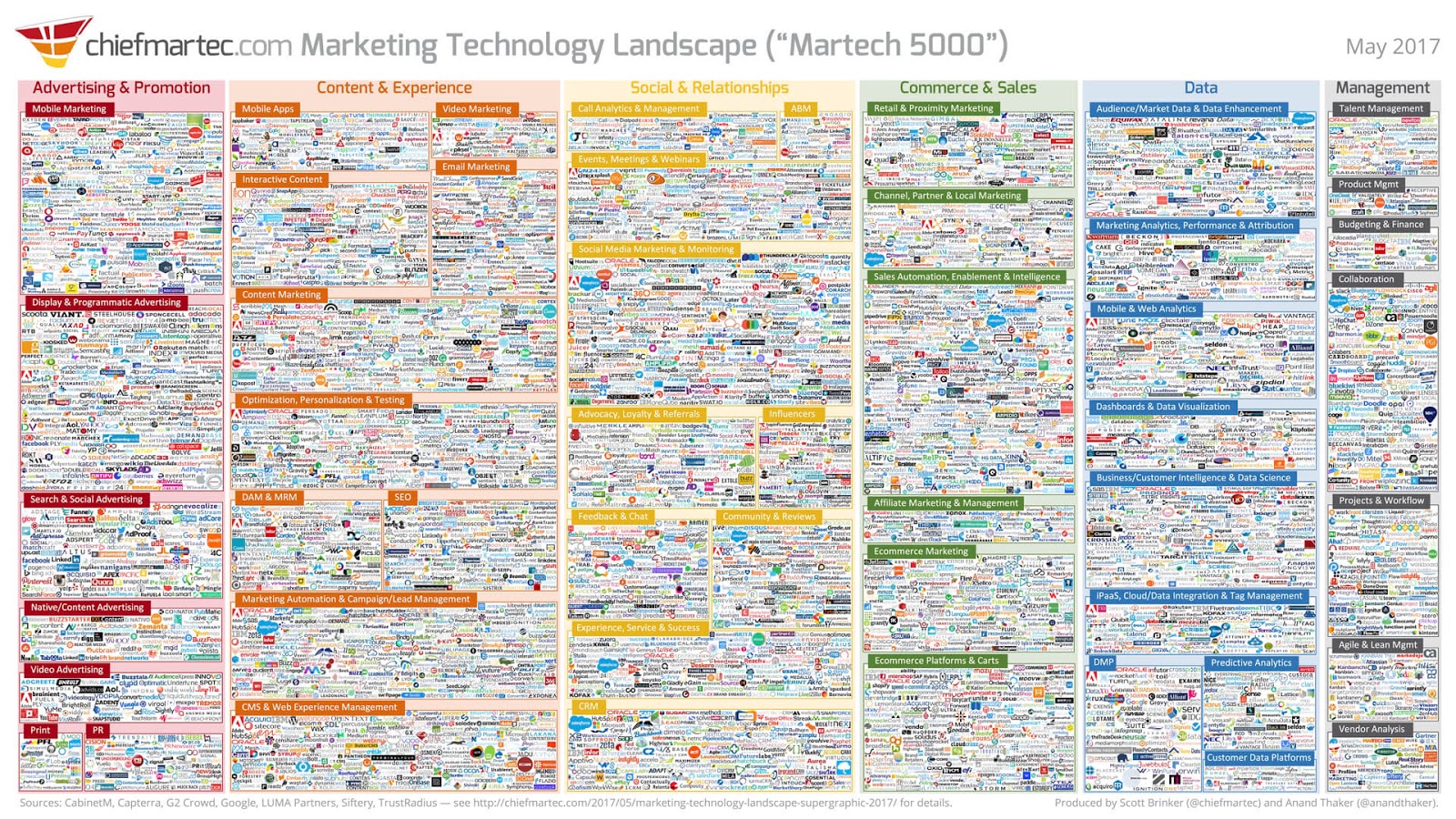
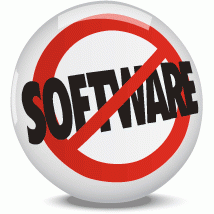
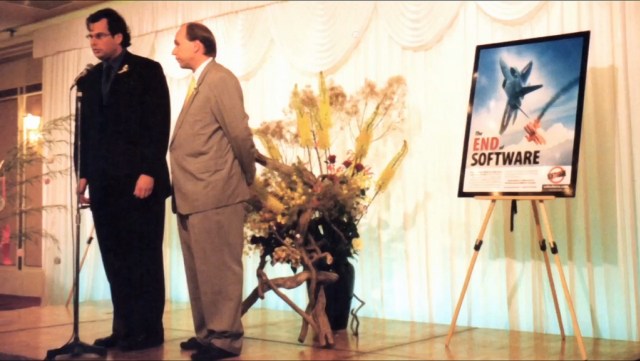


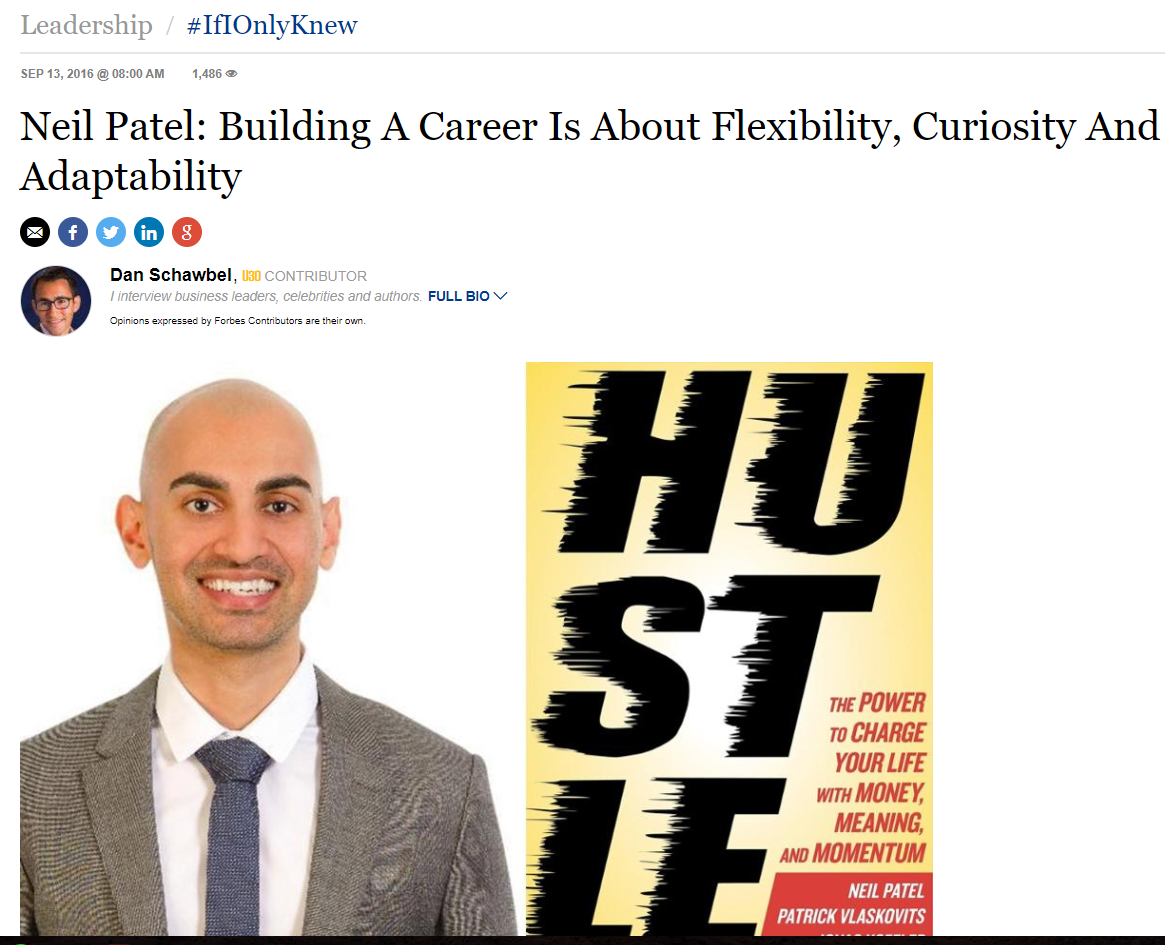
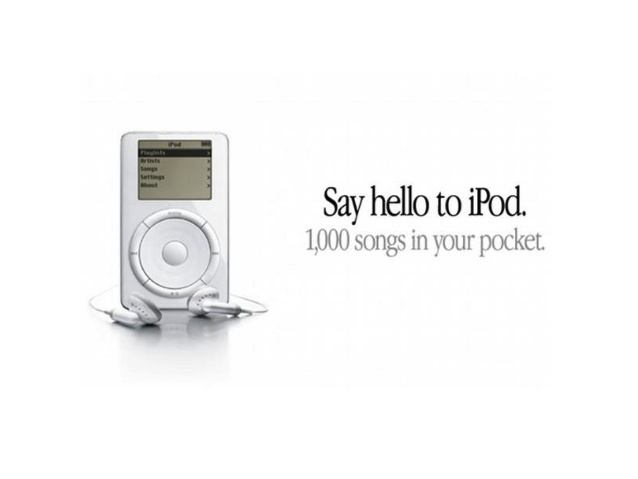
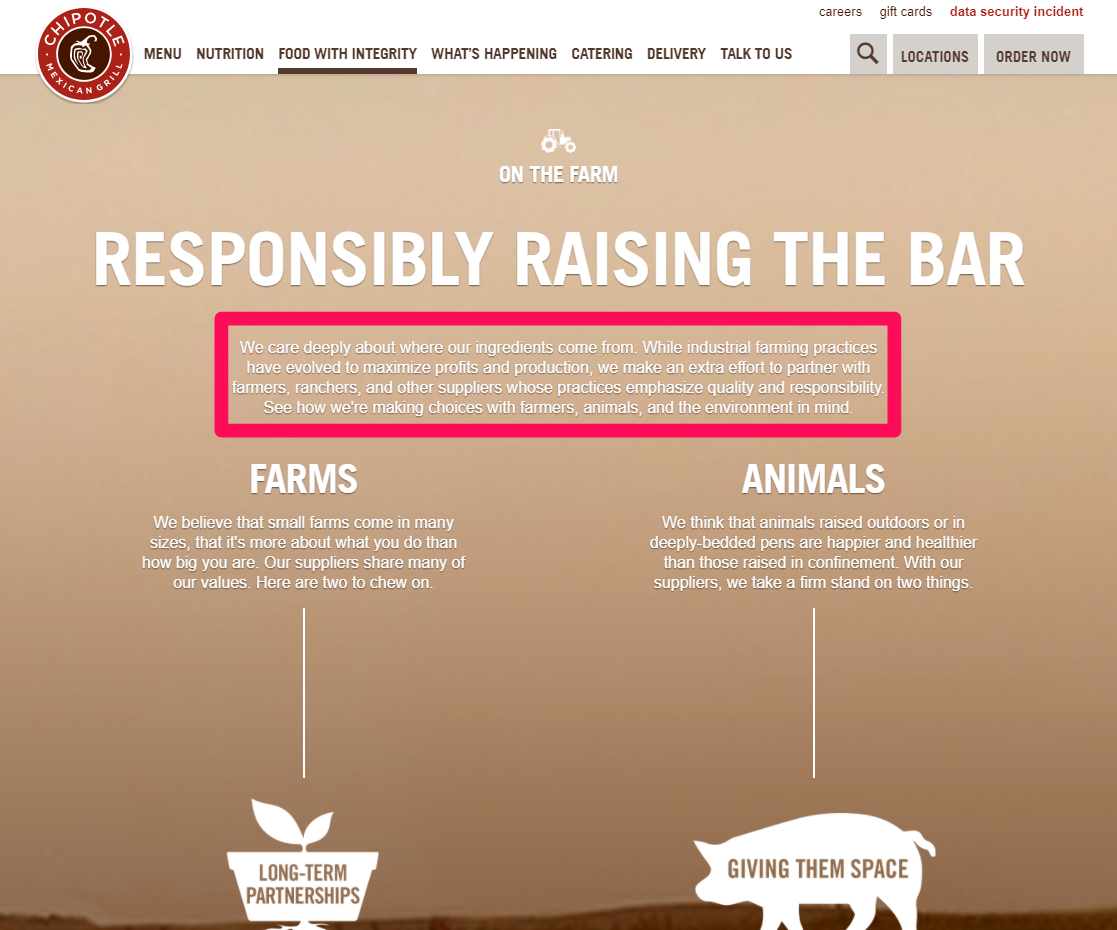
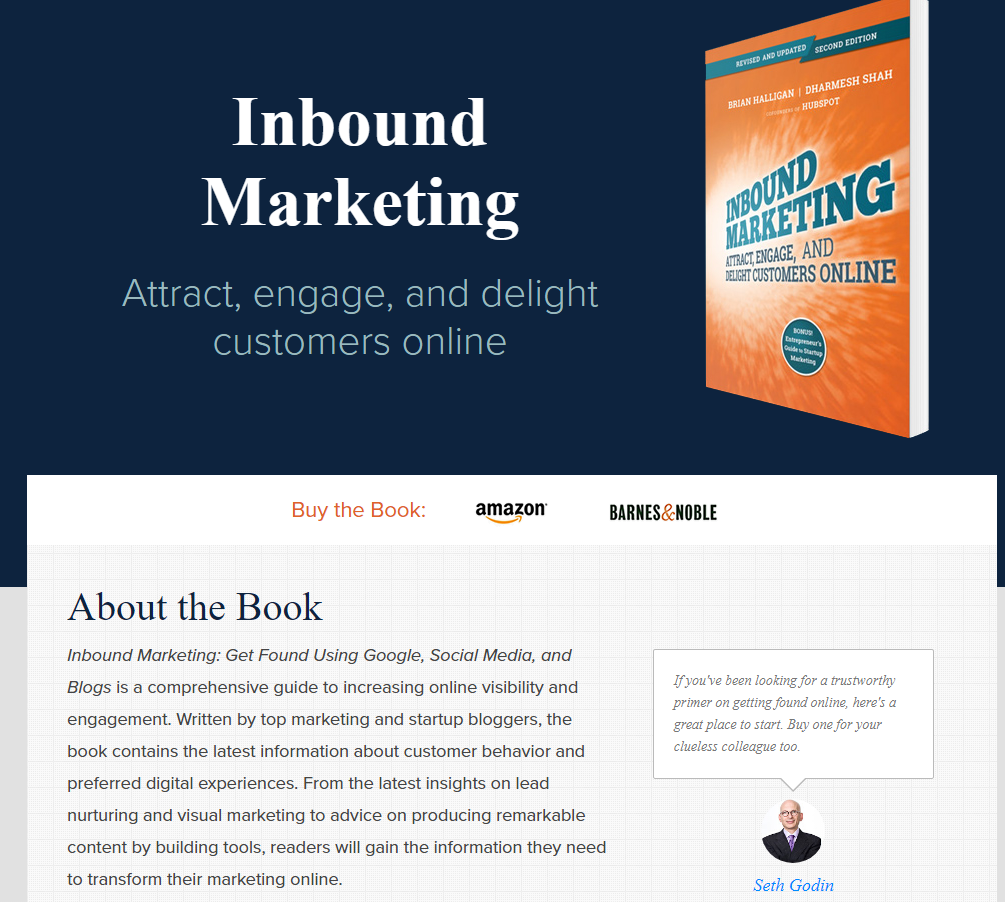
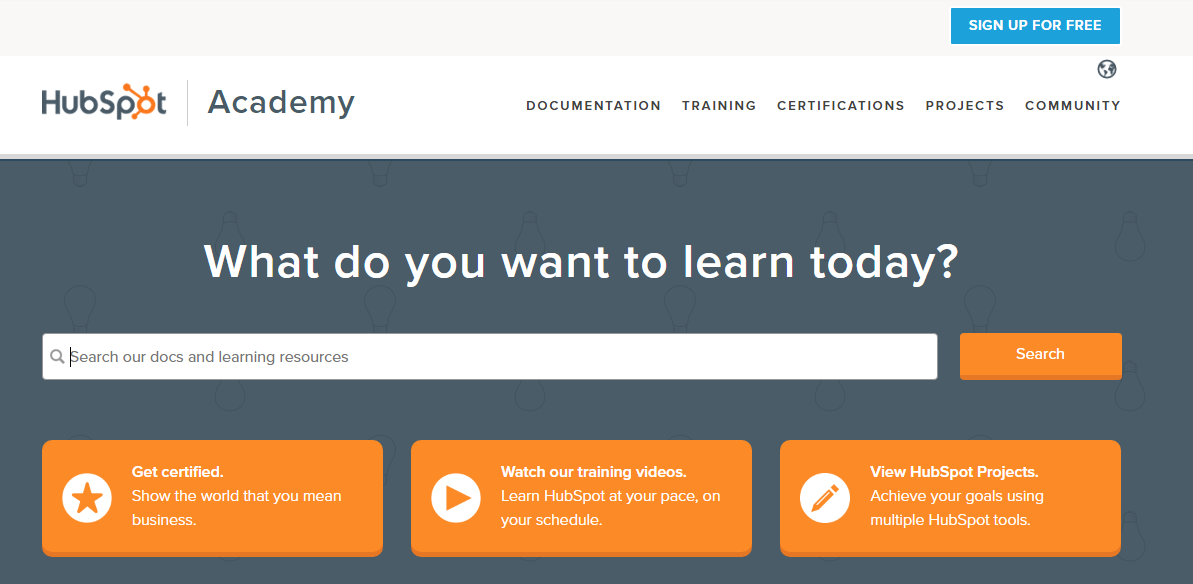


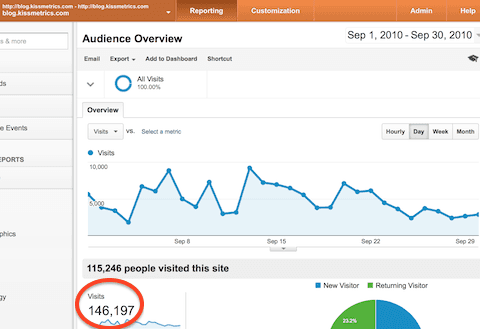
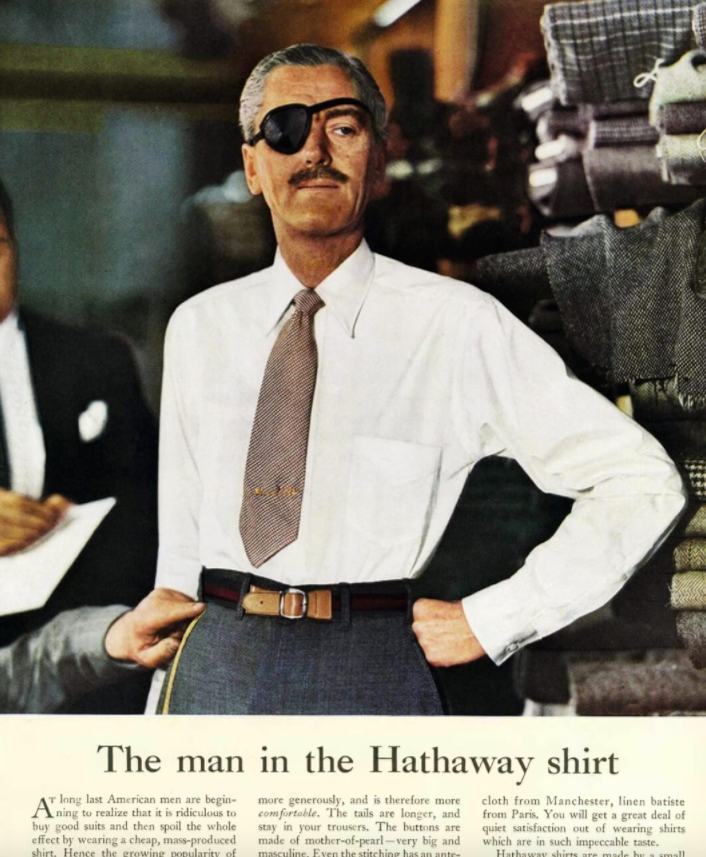
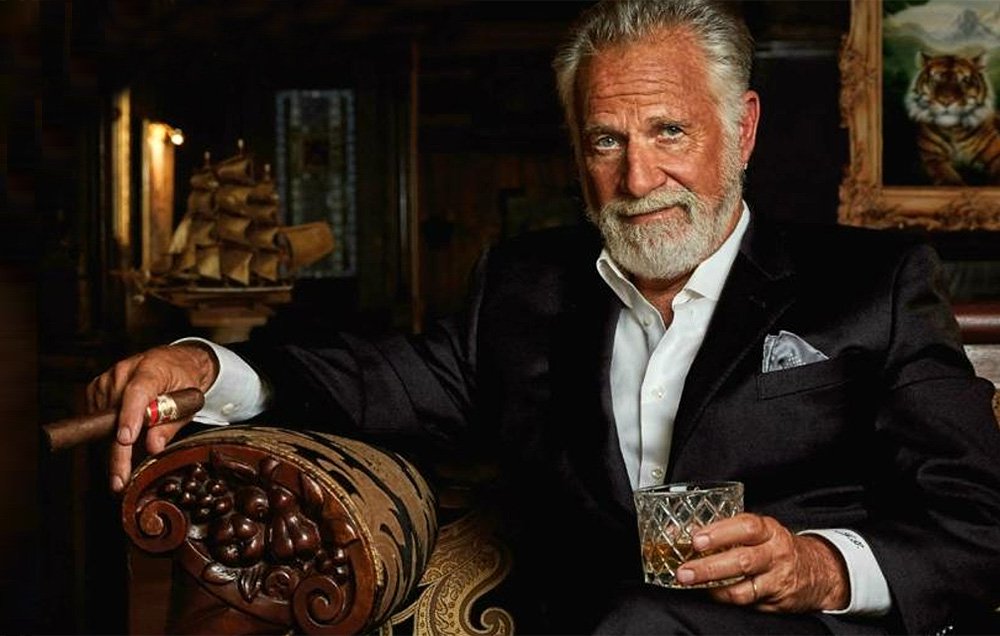
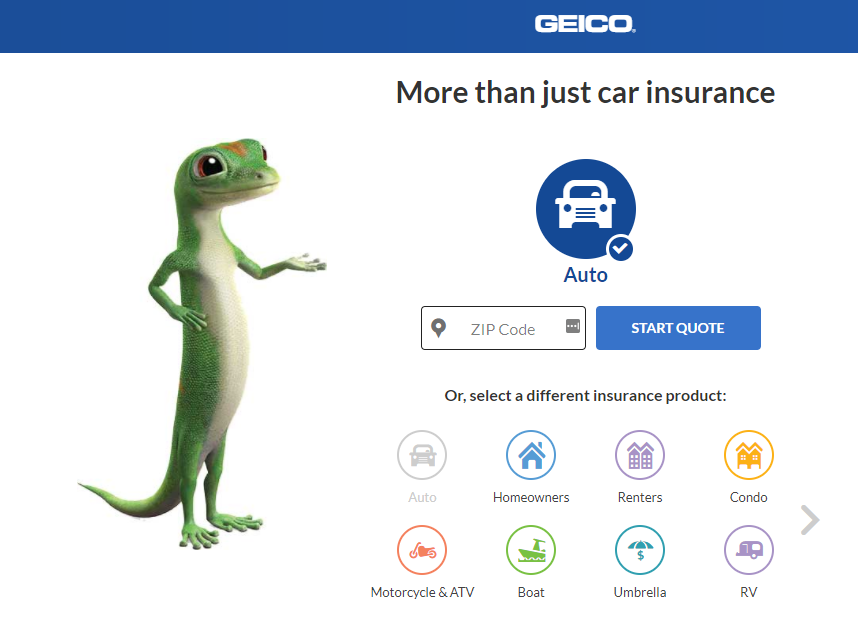
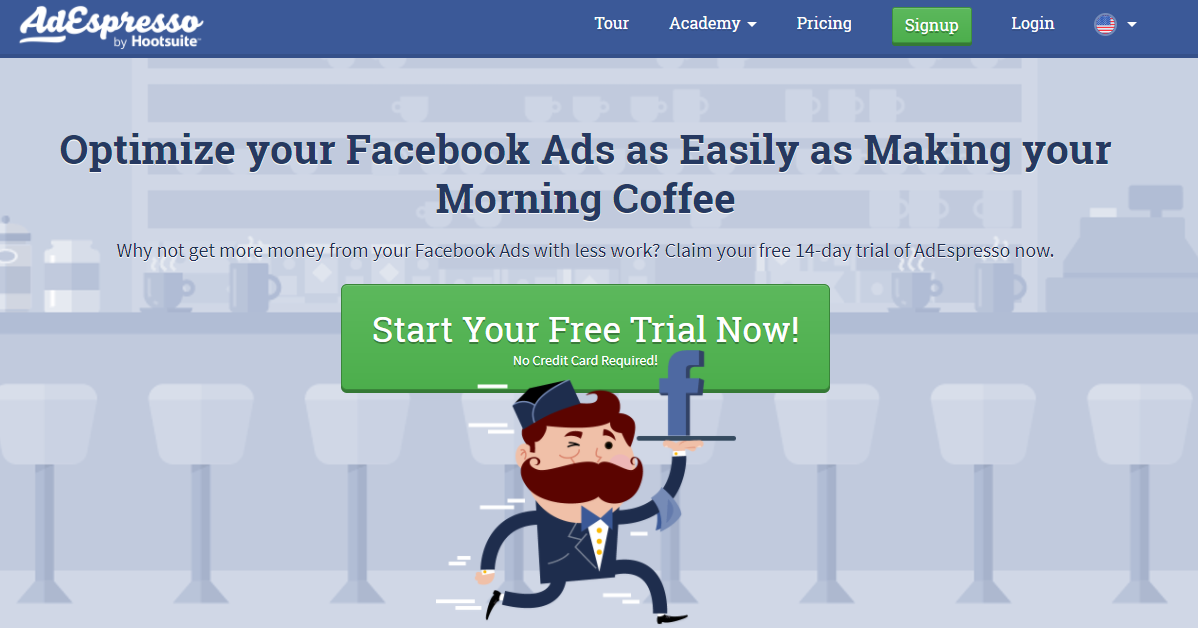
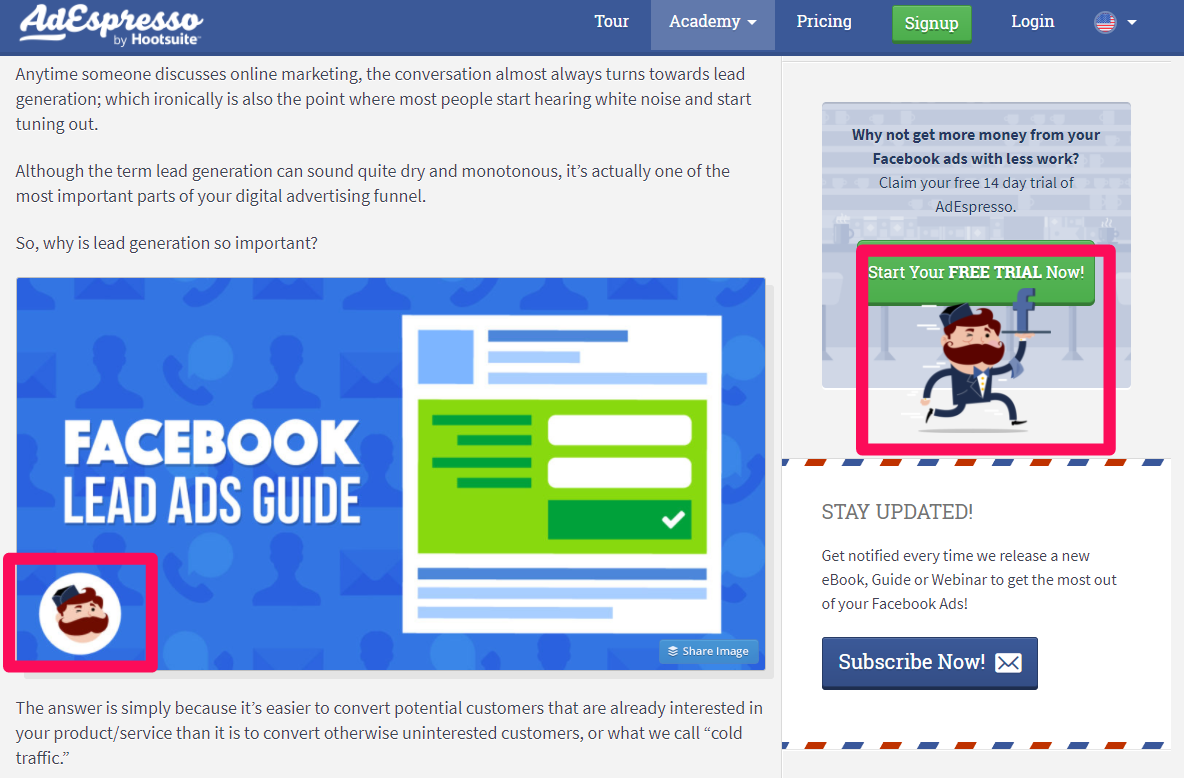
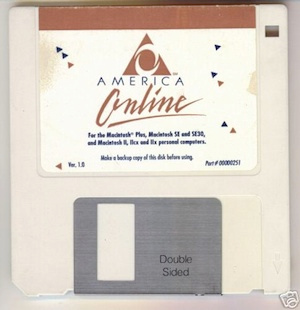
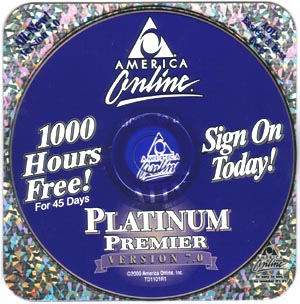
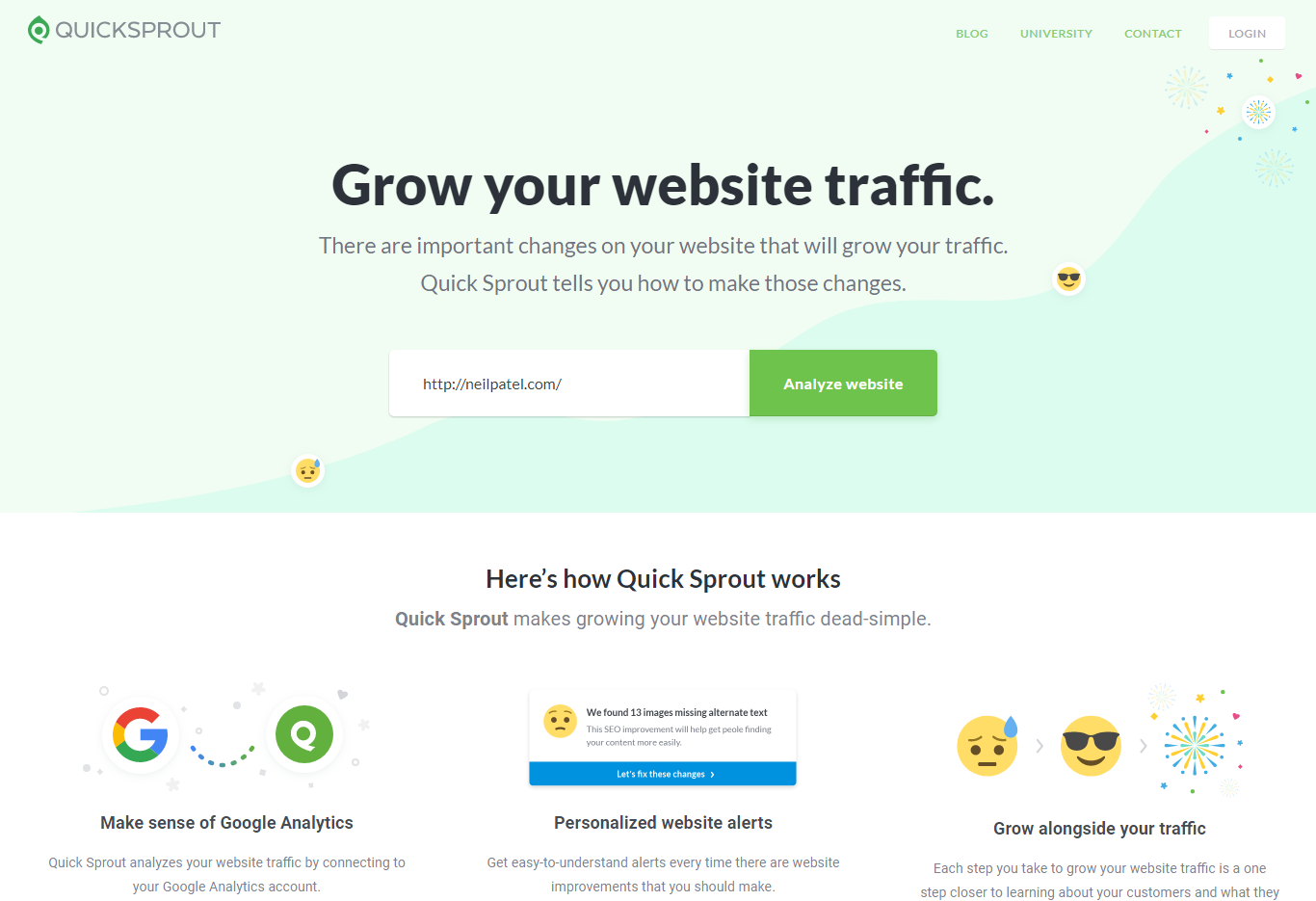
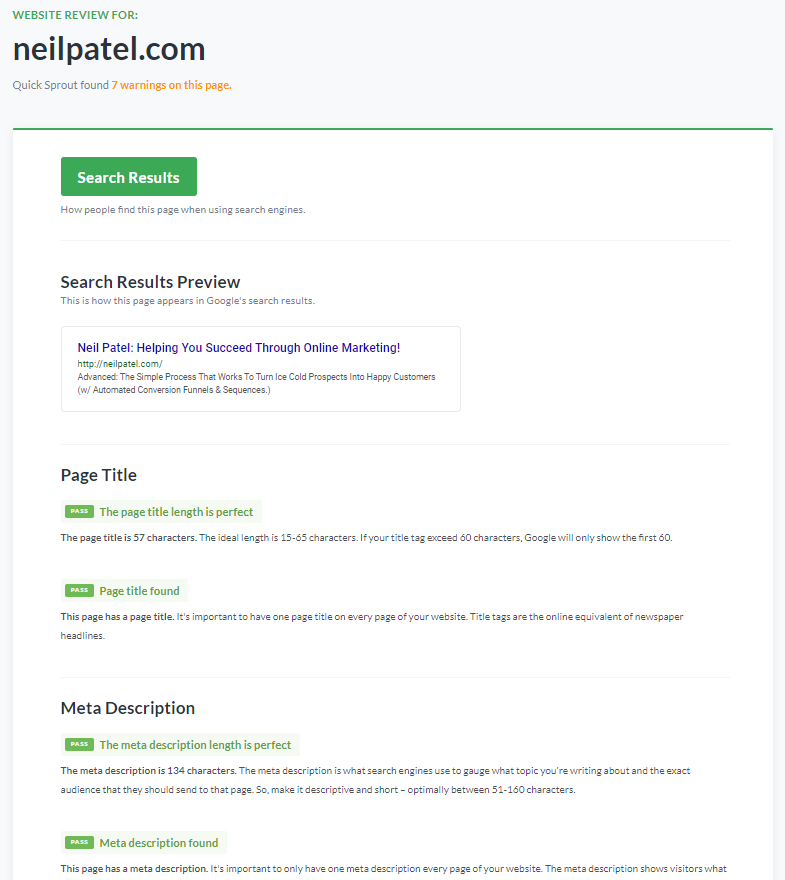
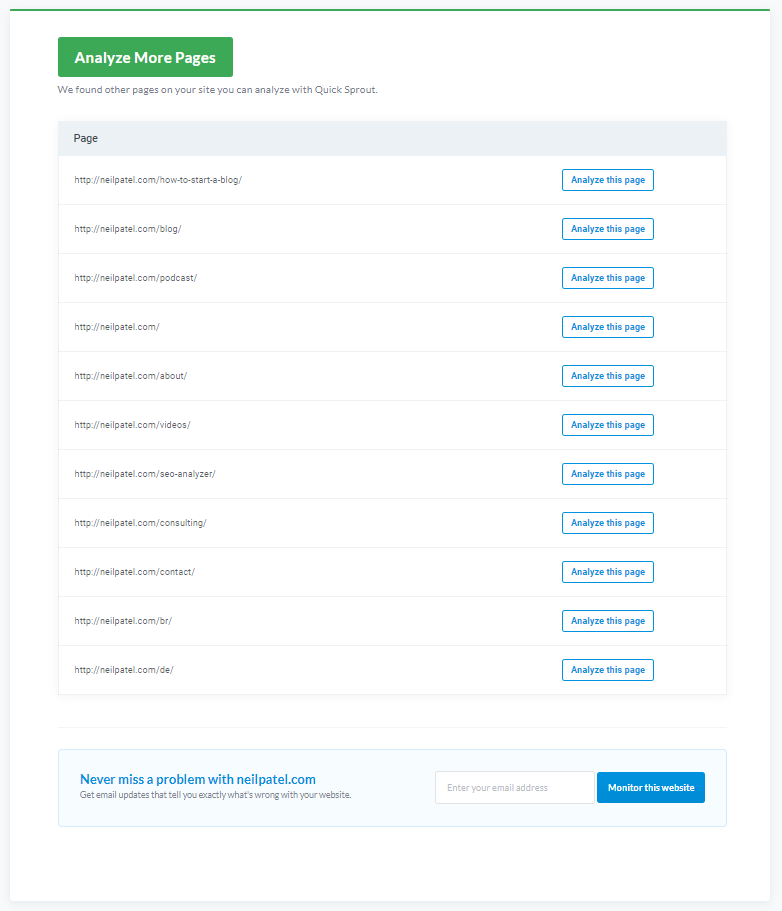
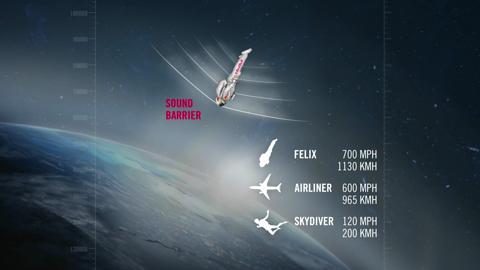

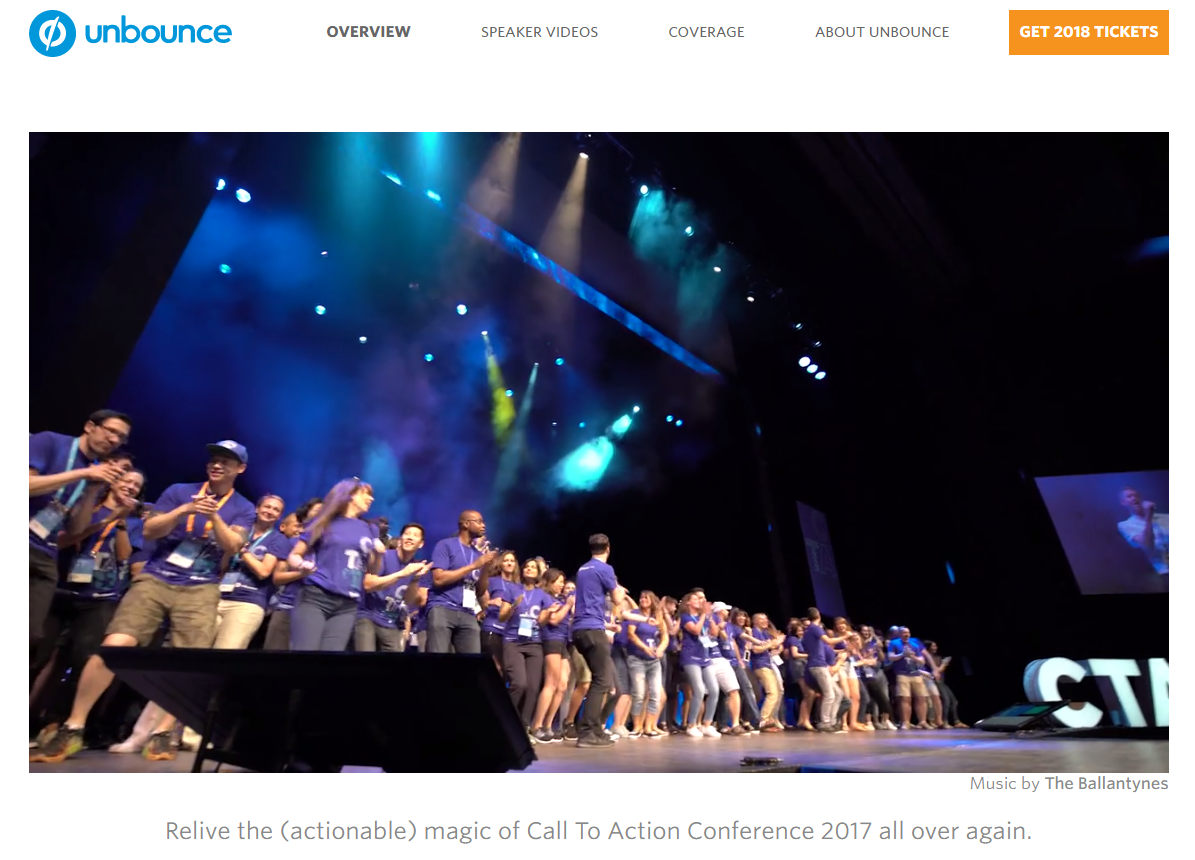
Comments (0)